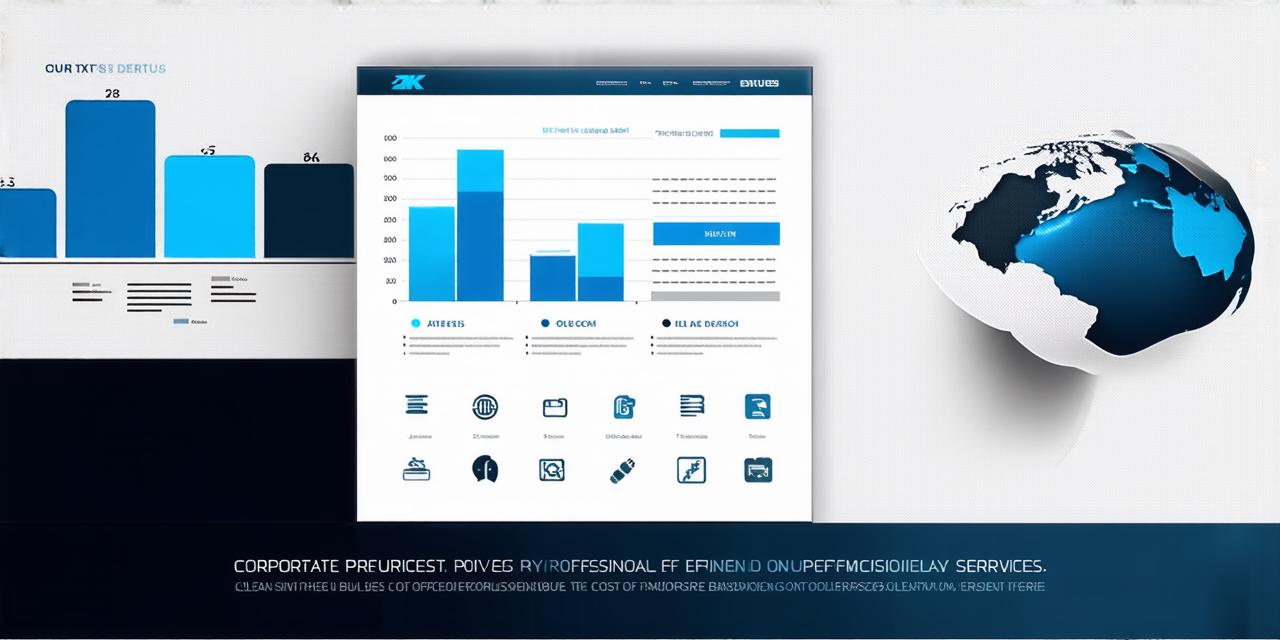Introduction:
Outsourcing is a business practice that has been around for decades. It involves hiring external companies or individuals to perform certain tasks and functions on behalf of the organization. The main objective of outsourcing is to reduce costs, improve efficiency, and increase flexibility.
Types of Outsourcing Services:
There are various types of outsourcing services that businesses can engage in, including:
- Financial Outsourcing: This involves hiring external companies to handle financial functions such as accounting, tax preparation, and payroll processing.
- Operational Outsourcing: This includes outsourcing non-core business functions such as logistics, supply chain management, and customer service.
- IT Outsourcing: This entails hiring external companies to manage and maintain an organization’s information technology infrastructure.
- Marketing Outsourcing: Businesses can outsource their marketing activities, including market research, social media management, and email campaigns.
- Human Resources Outsourcing: This involves outsourcing HR functions such as recruitment, training, and benefits administration.

Benefits of Outsourcing Services:
1. Cost Savings: One of the primary reasons businesses engage in outsourcing is to reduce costs. By hiring external companies to perform certain tasks, businesses can save on labor and overhead expenses.
2. Improved Efficiency: Outsourcing non-core business functions allows organizations to focus on their core competencies, leading to improved efficiency and productivity.
3. Increased Flexibility: Outsourcing services offer flexibility in terms of staffing, resources, and scalability. This enables businesses to respond quickly to changes in demand.
4. Access to Expertise: Outsourcing services often provide access to specialized expertise that may not be available within the organization. For example, an IT outsourcing partner may have the latest technologies and cybersecurity measures that a business may not have the resources or knowledge to implement.
5. Focus on Core Business: By outsourcing non-core functions, businesses can free up time and resources to focus on their core competencies and strategic goals.
Challenges of Outsourcing Services:
1. Communication: Communication is key to successful outsourcing relationships. Miscommunication or a lack of communication can lead to misunderstandings, missed deadlines, and subpar quality work.
2. Quality Control: Businesses must ensure that the outsourcing partner meets their quality standards. This requires effective monitoring and management of the outsourcing relationship.
3. Cultural Differences: Outsourcing partners may come from different cultural backgrounds, which can lead to misunderstandings and conflicts.
4. Data Security: Businesses must ensure that their sensitive data is protected when working with outsourcing partners. This requires effective security protocols and procedures.
5. Contractual Issues: Outsourcing relationships are governed by contracts that need to be carefully drafted and managed to avoid disputes.
How to Manage Outsourcing Services Effectively:
1. Define Clear Expectations: Businesses must define clear expectations with their outsourcing partners, including deliverables, timelines, and quality standards.
2. Establish Communication Channels: Effective communication is essential to the success of an outsourcing relationship. Businesses should establish clear communication channels and protocols with their outsourcing partners.
3. Monitor Performance: Businesses must monitor the performance of their outsourcing partners regularly. This includes reviewing progress against deliverables, timelines, and quality standards.
4. Provide Feedback: Businesses should provide regular feedback to their outsourcing partners on their performance. This helps to identify areas for improvement and ensure that expectations are met.
5. Manage Cultural Differences: Businesses must be aware of cultural differences when working with outsourcing partners. This requires effective communication, respect for different perspectives, and an openness to learn from each other.
6. Protect Data Security: Businesses must ensure that their sensitive data is protected when working with outsourcing partners. This requires effective security protocols and procedures, including data encryption and access controls.
7. Resolve Contractual Issues: Contractual issues can arise in outsourcing relationships. Businesses should work closely with their legal teams to draft and manage contracts that are clear, comprehensive, and protect the organization’s interests.
Case Study: XYZ Corporation
XYZ Corporation is a manufacturing company based in the United States. The company had been handling its own IT infrastructure for several years but was struggling with cybersecurity issues and limited resources to keep up with the latest technologies. The company decided to engage an IT outsourcing partner to help them improve their IT infrastructure and protect against cyber threats.
The IT outsourcing partner provided XYZ Corporation with access to the latest technologies, including cloud-based solutions and advanced cybersecurity measures. The partner also provided ongoing monitoring and management of the IT infrastructure, ensuring that it was secure and up-to-date.
XYZ Corporation saw a significant improvement in their IT infrastructure after engaging the outsourcing partner. They experienced fewer security breaches and were able to respond quickly to changes in demand, leading to improved efficiency and productivity. The company also saved on labor and overhead expenses by outsourcing their IT functions.
Summary:
Outsourcing services can be a valuable tool for businesses looking to reduce costs, improve efficiency, and increase flexibility. By engaging in outsourcing, businesses can access specialized expertise, reduce staffing and overhead expenses, and focus on their core competencies. However, outsourcing relationships can also present challenges, including communication issues, quality control concerns, cultural differences, data security risks, and contractual disputes. To manage outsourcing services effectively, businesses must define clear expectations, establish communication channels, monitor performance, provide feedback, manage cultural differences, protect data security, and resolve contractual issues promptly.
FAQs:
1. What is the purpose of outsourcing services?
Outsourcing services are designed to reduce costs, improve efficiency, and increase flexibility for businesses.
2. What types of outsourcing services are available?
There are various types of outsourcing services that businesses can engage in, including financial, operational, IT, marketing, and human resources outsourcing.
3. How can businesses manage cultural differences when working with outsourcing partners?
Businesses must be aware of cultural differences when working with outsourcing partners. This requires effective communication, respect for different perspectives, and an openness to learn from each other.
4. How can businesses protect their sensitive data when working with outsourcing partners?
Businesses must ensure that their sensitive data is protected when working with outsourcing partners. This requires effective security protocols and procedures, including data encryption and access controls.
5. How can businesses resolve contractual issues in outsourcing relationships?
Businesses should work closely with their legal teams to draft and manage contracts that are clear, comprehensive, and protect the organization’s interests.
